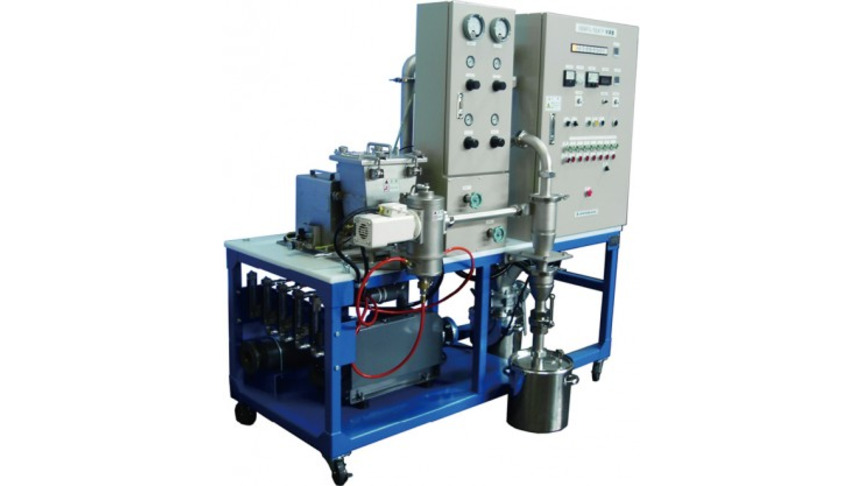- Industries & Machines Industries & Machines
- IIoT IIoT
- Service-Toll Processing Service-Toll Processing
- Material Material
- News News
- IR Information IR Information
-
Sustainability
Sustainability
Sustainability
- Introduction
- Hosokawa Micron Group "Basic Human Rights Policy"
- Hosokawa Micron Group "Basic Policy on the Environment"
- Sustaibality Policy - Mission Statement
- Editorial Policy
- Integrated Report
- Materiality & Strategy
- Technological contribution to a sustainable global environment
- Contributions towards a safer, more secure and prosperous society
- Sophistication of governance that supports business
- ESG Data Collection
- Sustainable Business Management ~ Finance
- Infromation Disclosure Based on TCFD Recommendations
- Jobs and Careers Jobs and Careers
-
About Us
About Us
About Us
- Greetings (Company Introduction)
- Hosokawa Micron Group "Basic Human Rights Policy"
- Hosokawa Micron Group "Basic Policy on the Environment"
- Management Philosophy
- Corporate Overview
- Executive Officers
- Corporate Profile
- Business Areas and Strengths
- Corporate History
- Hosokawa Micron Group
- Domestic Facilities
- Overseas Subsidiaries (Asia)
- Overseas Subsidiaries (Europe)
- Overseas Subsidiaries (America)
- Asian Agents
- Powder Technology Research Institute
- Industrial Property Rights
- Journals and Books
- Technical Information
- Annual Publication "Micromeritics"
- Compliance Charter
- Privacy Policy
- Cookie Policy
- Quality Principle

Industries & Machines
- TOP
- Industries & Machines
- Machines Search
- Turboplex Classifier ATP
Turboplex Classifier ATP
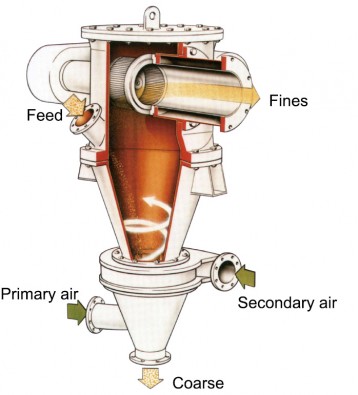
Summary
The Turboplex classifier is the classic all-rounder, offers the widest range of applications, and is available as a single-wheel or multi-wheel classifier. The design is tailored to suit the application.
Principle
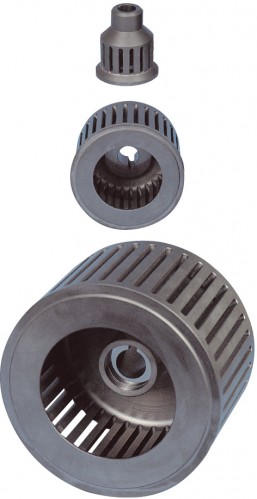
Fig.1 Classifying wheel made with SiC
After entering the machine, the classifying air flows through the classifying wheel in centripetal direction, extracts the fines and conveys them to the fines discharge. The coarse material rejected by the classifying wheel exits the machine through the coarse discharge. The air routing shown in the schematic is simplified and doesn't show that before the coarse material exits the classifier, it is rinsed again intensively by air to remove the remaining fines. This results in an extremely clean coarse fraction.
The product is fed either by gravity from the side via a rotary valve or entrained in the classifying air. The product fineness is controlled as a function of the classifying wheel speed using a frequency converter.
Wear Protection
The materials used and the type of wear protection is customized for the specific application.
- Housing:
PU or ceramic wear protection - Classifying wheels:
Al2O3 in monobloc ceramic for machine sizes ATP 50, 100, 140, 200, 315 - SiC for machine sizes 100 and 200
- Steel wheel with tungsten carbide coating
Designs
- ATP singe- / multi-wheel classifier
- Mild steel / stainless steel
- Pressureless / pressure-shock-proof to 10 bar (g)
- Wear protection
- Enlarged fines discharge
- Classifier head can be hinged open
- Pneumatic feed with main classifying air optional (in-line mode)
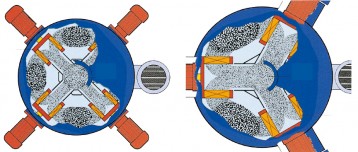
Fig.2 Layout of multi wheel
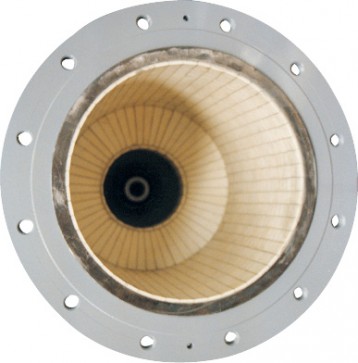
Fig.3 Wear protected enlarged fines discharge
Features
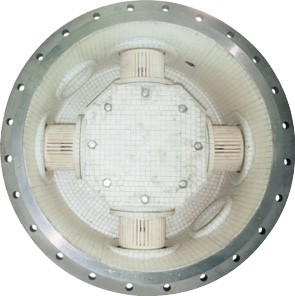
Fig.4 Ceramics wheels in 100/4ATP
There is hardly another type of classifier that is so well adapted to real-life demands as the Turboplex ultrafine classifier:
- Horizontal classifying wheel
- Robust design
- Ultrahigh fineness values
- Sharp top-size limitation
- Stable operation even at fluctuating feed rates
- Universal in use
- Sophisticated technology
- Easy classifying wheel exchange
- Low maintenance costs
The high manufacturing quality enables extremely tight tolerances to be observed. For the user, this means that oversized particles are avoided, because it is possible to set a very narrow rinsing gap. The compliance with ultra-precise tolerances in the case of the bearing unit contributes towards a long service life.
Multi-Wheel Type
Especially developed for ultrafine classifying operations, multi-wheel classifiers are ideal for processing metal powders, mineral powders, abrasives, toner and wax. Because of the high throughput rates, Turboplex multi-wheel classifiers can be combined in circuit with correspondingly large mills.
Besides first-class performance, Turboplex multi-wheel classifiers offer numerous technical and operating advantages:
- Instead of a number of small parallel-installed classifiers, only one single classifier for superfine end products and high throughput rates.
- The product is fed via only one single port; this means that only one metering unit is required.
- The fines are discharged through a common outlet duct, enabling simple adjustment of the air flow through the machine.
- The coarse material is collected at only one single exit point.
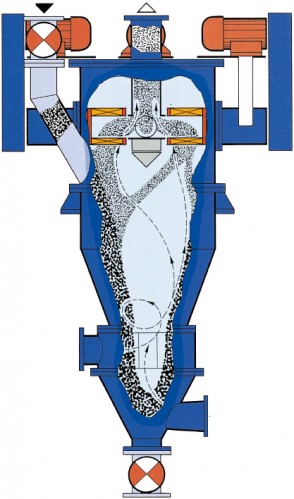
Fig.5 Schematic figure of multi wheel model
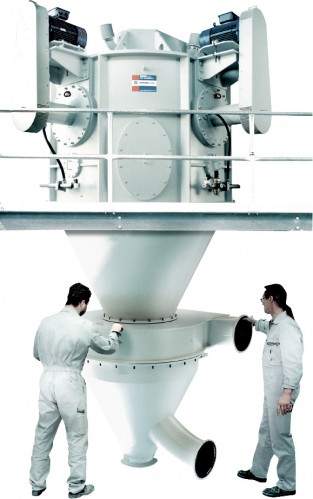
Fig.6 Multi wheel model
Features
- Several horizontal classifying wheels of the same diameter are driven independently. The common speed control is accomplished by a frequency converter.
- The product is either gravity fed from the side via a rotary valve or is fed entrained in the flow of classifying air.
- Common fines discharge.
- Coarse material discharge with optimized coarse material classifying zone.
Wear protection
Classifying wheel:
- Al2O3 in monobloc ceramic
- SiC
- Steel classifying wheel with tungsten carbide coating
Product-contact classifier components:
- PU lining
- Ceramic lining
- Exchangeable steel wear-protection elements with welded special alloy
ATP-NG New Generation
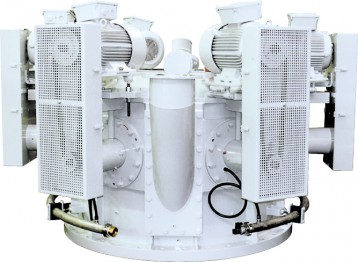
Fig.7 Multi wheel model of Turboplex 315/6 ATP-NG
In a grinding-classifying circuit, the amount of energy needed for the classification increases with increasing end-product fineness. This fact gave rise to the demand for a low-energy classifier that was still capable of achieving fineness values in the range d50 < 1 µm. The "New Generation" Turboplex (ATP-NG) classifier operates in accordance with a completely new classifying principle. The advantages of this new classifier generation are especially noticeable when used in the submicron range: low energy consumption at high yield.
Another plus point is the ease with which existing ATP classifiers can be upgraded with the new classifying wheels. With the new NG wheels, it is possible to reduce the pressure drop by approx. 60% when compared with the standard ATP classifying wheel.
With the new classifier generation, end-fineness values are possible that were previously inconceivable with production-scale systems.
In the manufacturing of ultrafine limestone and talc filler it is the fineness of the classification that is all-important, other applications however target a coarse end product with a particle size distribution that is as steep as possible, here, too, the new generation of the ATP classifier has proved successful in the practical operation.
Features
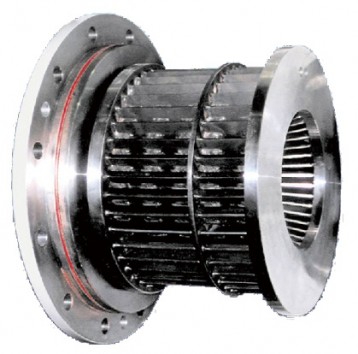
Fig.8 Solid body rotating ATP-NG wheel
- 30% -- 50% less energy requirement in comparison with the standard Turboplex classifier.
- Classification down to d50 = 0.5 µm
- High fines yield
- Tungsten carbide wear protection
- Easy upgrade -- conversion of existing machines to ATP-NG design can be achieved by simply exchanging the classifying wheel and drive unit.
Related equipments

Feel free to contact us. if you have any questions or concerns.

